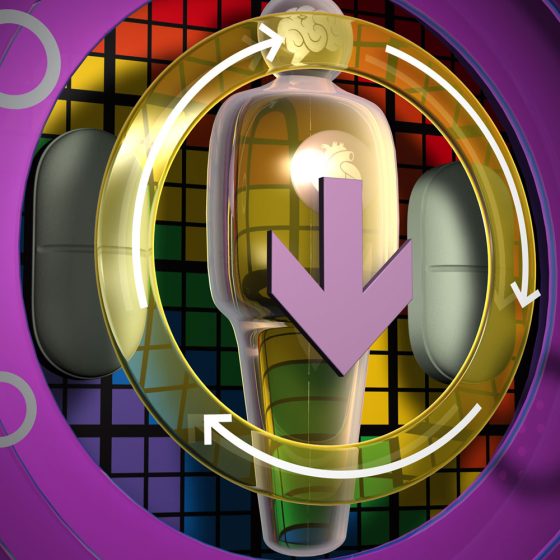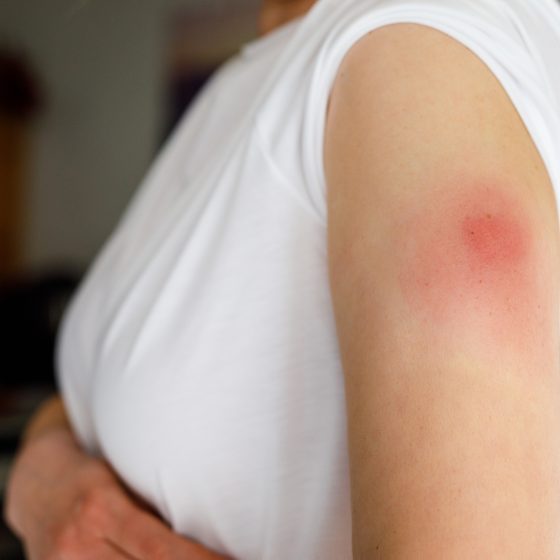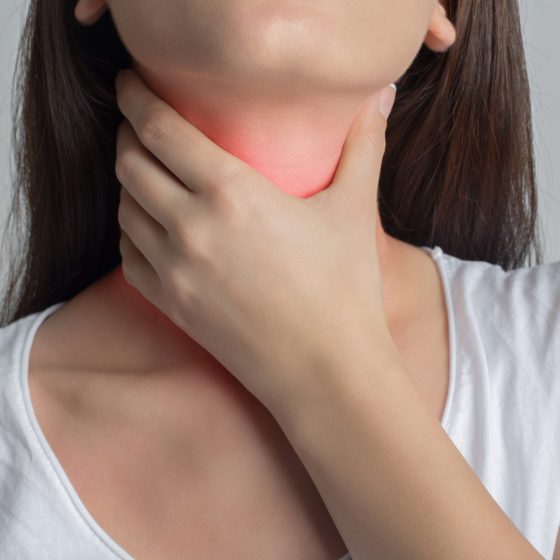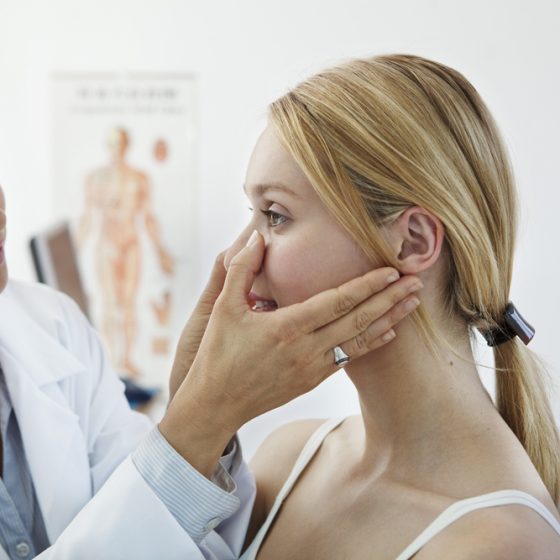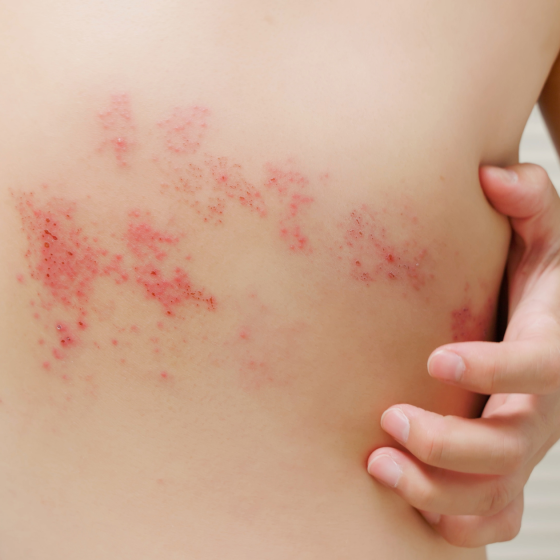Strep throat
What is strep throat? Strep throat is a contagious infection of the throat. It’s common in school-age children aged 5 to 10 years. What causes strep throat? Most sore throats are caused by viruses, but some are caused by bacteria called streptococcus pyogenes. Streptococcus pyogenes can be spread from person to person very easily. You can catch strep throat through contact with droplets, which are made when an infected person: talks coughs sneezes What are the symptoms of strep throat? The symptoms of a strep throat infection last around 7 days. They may include: sore, red throat and tonsils that make it painful to


